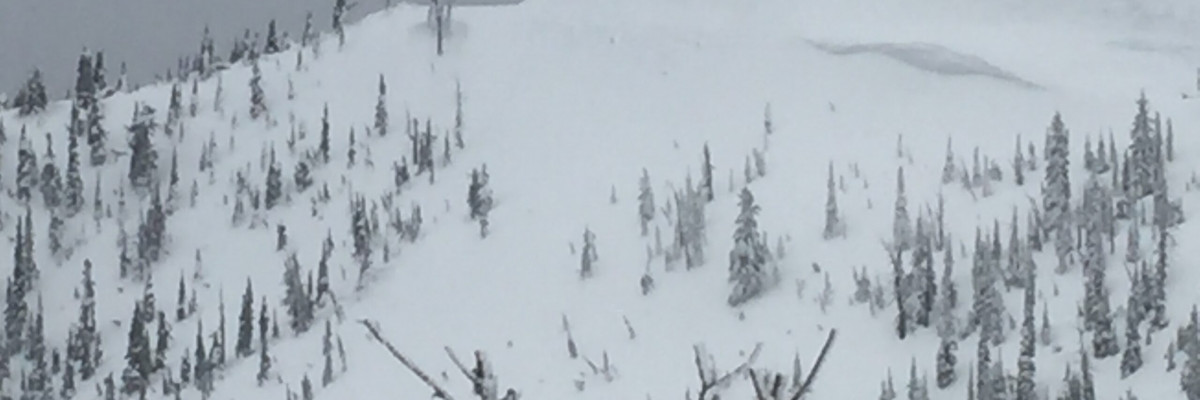The current avalanche danger is Moderate in the west central Montana backcountry. Human triggered avalanches are possible. Heightened avalanche conditions exist in isolated terrain. Evaluate snow and terrain carefully and identify features of concern.
Good morning, this is Travis Craft with the West Central Montana Avalanche Center’s avalanche advisory for March 10, 2016. This danger rating does not apply to operating ski areas, expires at midnight tonight and is the sole responsibility of the U.S. Forest Service.
Weather and Snowpack
Mountain temperatures range from 28 F to 37 F in the region. Winds are 14 mph with gusts of 20 mph out of the SSE in the Bitterroot and Point Six in the northern part of the advisory area is 8 mph with gusts of 21 mph out of the SSE. The forecast area received 1 to 3 inches of new snow in the last 24 hours. The SWE totals are .2 to .8.
Tim and I toured in the Rattlesnake yesterday. The main avalanche problem is dry loose avalanches on steep(>35 degrees) slopes above 7000 ft. In the lower elevations these will be loose wet releases. These are not a problem unless they knock you off your feet and take you into a terrain trap (tree, gully or cliff).
The second avalanche problem is a persistent slab. The weak layer is a layer of facets that sits above a melt freeze crust. This layer is 30 cm to 60 cm deep in the snowpack. The facets propagate in very isolated pockets on southernly exposed slopes. The only way to find this layer is to dig a pit and see if it is reactive in your tests. There are other crusts in the upper snowpack with facets above them that could become more reactive with the additional loading of new snow. It is always prudent to dig a pit before committing to a slope.
The last problem is small wind slabs are forming with the increasing winds. These slabs will be located on leeward slopes in the higher elevations(>7000 ft).
Weather and Avalanche Outlook
The system that is currently in the area is expected to continue today with a cold front entering the area tonight. This system is expected to have snow levels increase from 5000 ft to 6000 ft through the day. The cold front will bring snow levels back down to 3500 ft. Winds are predicted to increase today to 50 mph on ridge tops. With these conditions the avalanche hazard will increase. The main problems will be windslabs and new loading on old snow surfaces. With the addition of new heavy wet snow the facets in the snowpack could become more reactive.
Ski and ride safe. Logan will issue the next advisory on Saturday.














